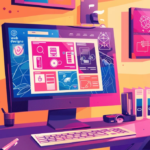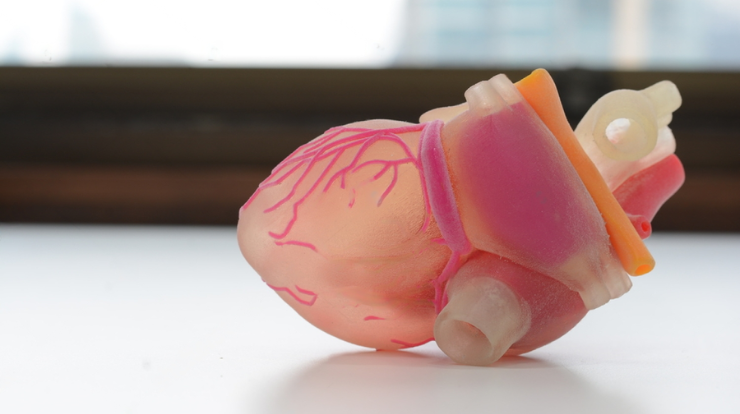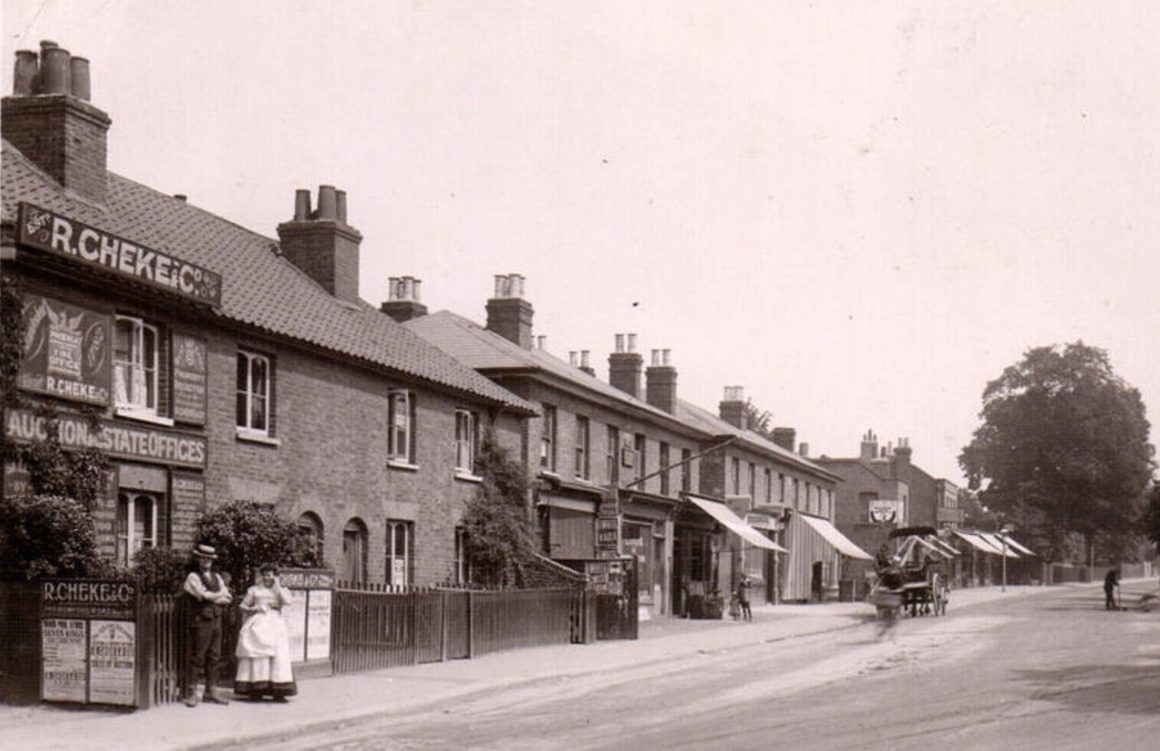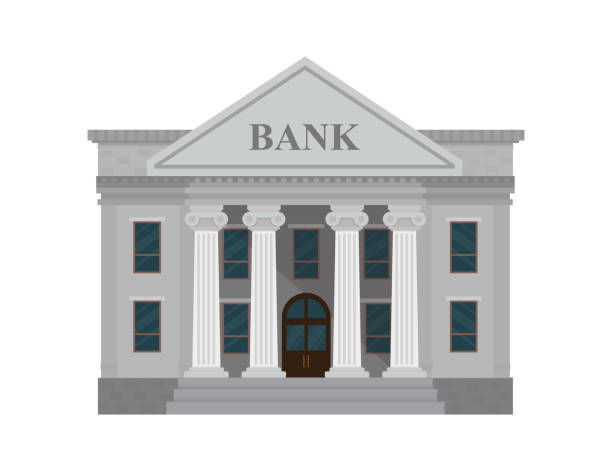3D printing has emerged as a revolutionary technology with diverse applications, and one compelling use case is the repair or replacement of parts in existing machinery or equipment.
In this comprehensive exploration, we will discuss the feasibility, advantages, and challenges of utilizing 3D printing for maintenance and repairs.
The Feasibility of 3D Printing in Machinery Repairs:
1. Compatibility Assessment:
Before delving into 3D printing for machinery repairs, it’s essential to assess the compatibility of the technology with the specific requirements of the equipment. Certain factors such as material compatibility, load-bearing capacity, and precision may influence the decision to opt for 3D-printed replacements.
2. Material Selection:
Choosing the right printing material is critical for successful repairs. While traditional machinery parts are often made of metals, plastics, or composites, 3D printing offers a wide array of materials, including specialized polymers, metals, and even composites. The selected material should meet the mechanical and thermal requirements of the original part.
3. Design Considerations:
Adapting the design of the replacement part for 3D printing is a crucial step. The design should account for the layer-by-layer additive manufacturing process, ensuring structural integrity and functionality. Optimization for 3D printing can lead to improved performance or even enhanced features compared to the original part.
Advantages of 3D Printing in Machinery Repairs:
1. Rapid Prototyping and Production:
One of the standout advantages of 3D printing is its capability for rapid prototyping and production. This speed can be particularly advantageous in reducing downtime for machinery awaiting replacement parts. Design modifications and iterations can be quickly implemented, expediting the entire repair process.
2. Customization and Complexity:
3D printing allows for intricate and customized designs that may be challenging or economically unviable with traditional manufacturing methods. This flexibility enables the creation of tailored parts that precisely fit the unique specifications of the machinery, enhancing overall performance.
3. Cost-Effective Solutions:
In certain scenarios, 3D printing can offer cost-effective solutions for machinery repairs. Traditional manufacturing processes may involve high tooling costs for small production runs. 3D printing eliminates the need for molds or tooling, making it economically viable for producing low quantities of replacement parts.
4. On-Demand Manufacturing:
The on-demand nature of 3D printing allows for the immediate production of replacement parts when needed. This can significantly reduce the need for extensive inventory storage, saving both space and costs associated with maintaining a large stockpile of spare parts.
Challenges and Considerations in 3D-Printed Machinery Repairs:
1. Material Limitations:
While the range of available 3D printing materials is expanding, there are still limitations in terms of material properties compared to traditional manufacturing materials. Critical considerations include durability, heat resistance, and chemical compatibility, especially in industrial settings.
2. Quality Assurance and Standards:
Maintaining quality assurance and adherence to industry standards is a paramount concern. Establishing the reliability and consistency of 3D-printed parts requires rigorous testing and certification processes to ensure they meet or exceed the performance expectations of the original components.
3. Precision and Tolerance:
Achieving the required precision and tolerance levels is crucial for ensuring the proper functioning of machinery. In some cases, post-processing steps or secondary machining may be necessary to meet the desired specifications, which could offset the time-saving benefits of 3D printing.
Real-World Applications and Success Stories:
1. Aerospace Industry:
The aerospace industry has embraced 3D printing for repairing or replacing components in aircraft. Airlines and maintenance teams are utilizing printing to produce cabin interior parts, brackets, and even critical components in engines, showcasing the technology’s reliability and versatility.
2. Automotive Maintenance:
Automotive manufacturers and repair shops have successfully employed 3D printing for producing custom and hard-to-find replacement parts. This includes interior components, exterior trim pieces, and brackets, demonstrating the technology’s suitability for the automotive aftermarket.
Conclusion:
In conclusion, 3D printing holds significant promise as a viable solution for repairing or replacing parts in existing machinery or equipment. The technology’s advantages in rapid prototyping, customization, and on-demand manufacturing can revolutionize maintenance practices.
However, challenges such as material limitations, quality assurance, and precision must be carefully addressed to ensure the seamless integration of 3D printing into the realm of machinery repairs.
As technological advancements continue, the widespread adoption of 3D printing in industrial maintenance appears increasingly feasible, promising efficiency, cost-effectiveness, and enhanced flexibility in addressing machinery-related challenges. Automotive manufacturers and repair shops have successfully employed 3D printing for producing custom and hard-to-find replacement parts.












